Um iridologista is a practitioner who studies the patterns, colors, and other characteristics of the iris (the colored part of the eye) to identify potential health issues in the body. This alternative health assessment method is based on the theory that the iris connects to every organ and tissue through the nervous system, making it a “mapa” of the body’s health. If you’re curious about holistic approaches to health assessment, understanding what an iridologista does and how they work might open new perspectives on your wellness journey.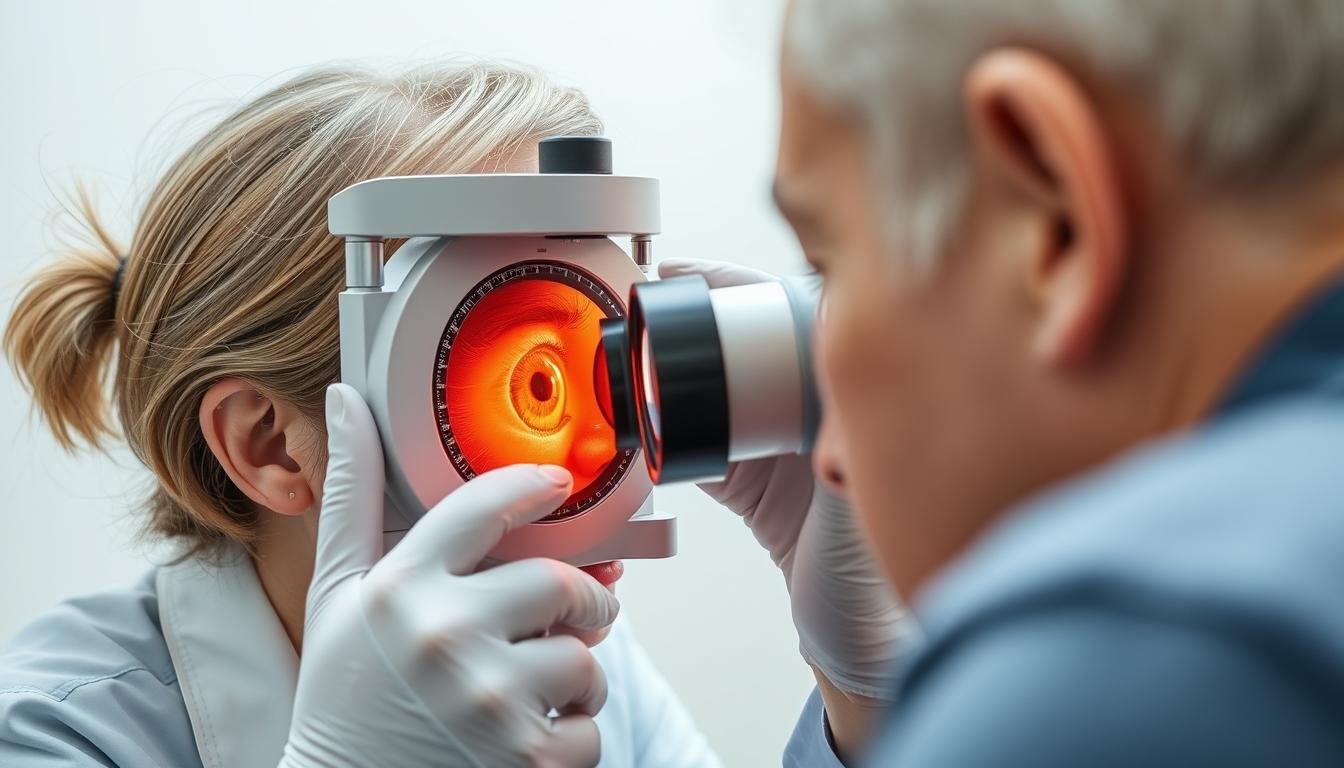
Um iridologista examining the iris patterns using specialized equipment
Understanding Iridology and the Role of an Iridologista
Iridology is the study of the iris to assess a person’s health status. Practitioners of this method, known as iridologists, believe that each area of the iris corresponds to different parts of the human body. According to this theory, changes in these areas can indicate potential health issues in the corresponding body parts.
The practice is based on the concept that the iris contains a wealth of information about our overall health. Iridologists claim they can identify signs of inflammation, toxin accumulation, and organ function by examining the intricate patterns, colors, and markings in your iris.

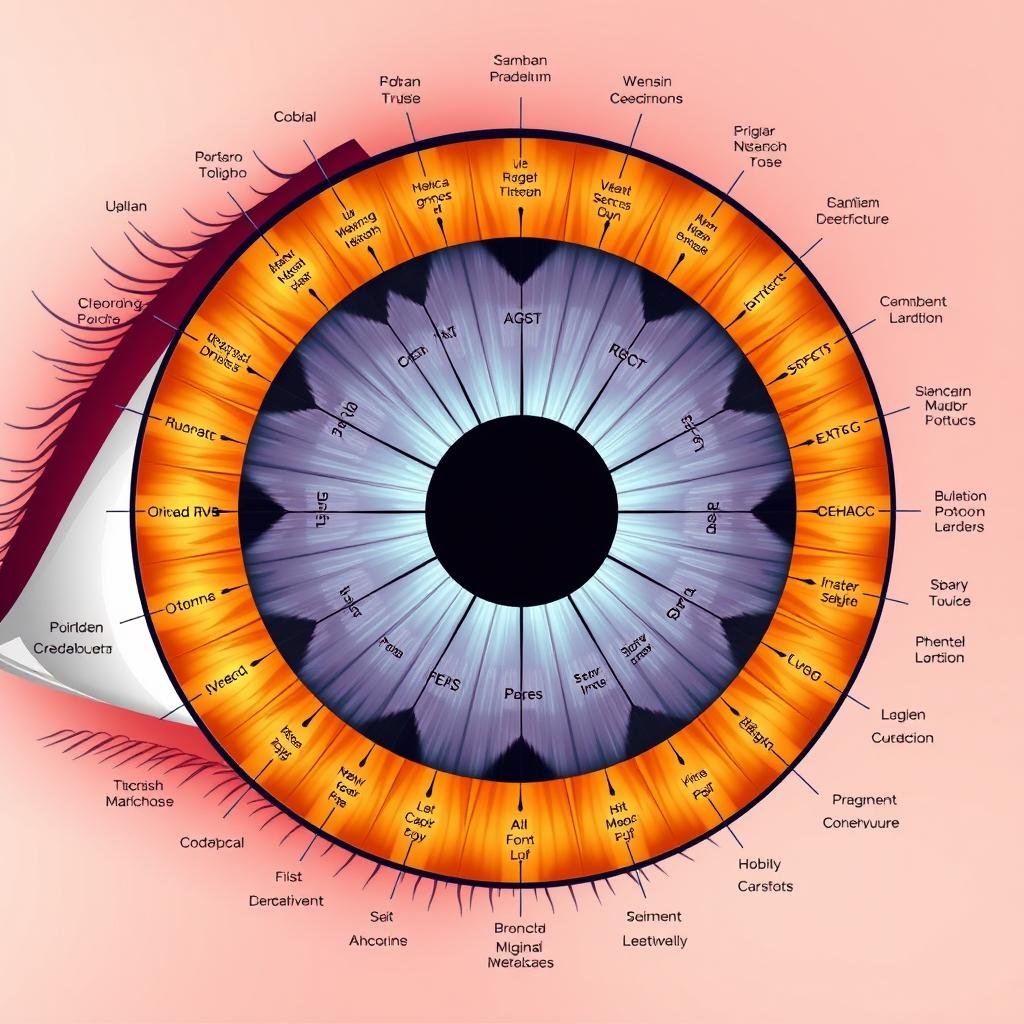
Iridology chart showing how different sections of the iris correspond to body organs
How Does an Iridologista Work?
When you visit an iridologista, they typically follow a structured approach to analyze your iris and provide insights about your health. Here’s what you can expect during a session:
Processo de exame
Um iridologista uses specialized equipment such as magnifying glasses, flashlights, cameras, or digital iris scanners to examine your iris in detail. They look for specific signs like color changes, dark spots, rings, and other markings that might indicate health issues according to iridology principles.
The examination is non-invasive and painless. The practitioner simply observes your eyes, often taking photographs to analyze them more carefully. Some modern iridologists use computer software to enhance and analyze iris images with greater precision.
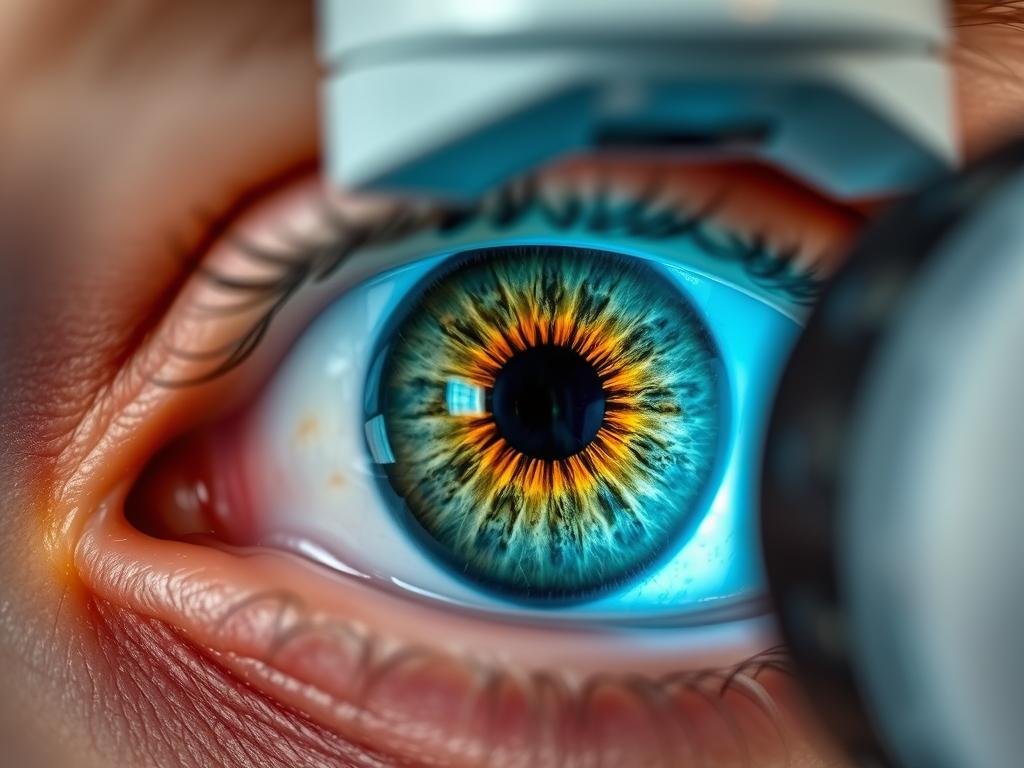
Digital iris photography used by modern iridologists
Interpretation Methods
Iridologists use charts that divide the iris into approximately 60 zones, each corresponding to different parts of the body. For example, the top section might represent the brain, while the lower sections might correspond to the digestive system or legs.
By identifying abnormalities in specific zones, an iridologista claims to detect potential health issues in the corresponding body parts. They look for signs such as:
- Color changes or discolorations
- Manchas escuras ou manchas
- Áreas brancas ou nubladas
- Rings or circles around the iris
- Structural irregularities in the iris fibers

Moderno iridologists often use digital technology to enhance their analysis
The History and Development of Iridologists
The practice of iridology has a rich history dating back centuries, with several key figures contributing to its development as we know it today.

Ignaz von Peczely, considered the father of modern iridology
Early Origins and Pioneers
The earliest documented references to iris analysis appear in Chromatica Medica, published in 1665 by Philippus Meyeus, who claimed to observe changes in the iris corresponding to healing processes in the body.
However, modern iridology is largely attributed to Ignaz von Peczely, a Hungarian physician in the 19th century. According to popular accounts, as a child, von Peczely noticed a dark streak appear in an owl’s iris after the bird suffered a broken leg. This observation sparked his interest in the connection between iris markings and physical injuries or conditions.
Von Peczely went on to develop the first detailed iris chart in 1881, mapping regions of the iris to corresponding body parts and organs. Around the same time, Swedish homeopath Nils Liljequist independently developed similar theories after observing changes in his own iris following medical treatments.
Modern Development
In the 20th century, iridology gained popularity in the United States largely through the work of Bernard Jensen, an American chiropractor who refined existing iris charts and promoted iridology as part of his natural healing approach in the 1950s.
Today’s iridologists have incorporated modern technology, using high-resolution digital cameras and specialized software to analyze iris patterns with greater precision than their predecessors could achieve with simple magnifying glasses.
Training and Certification for Aspiring Iridologists
If you’re interested in becoming an iridologista, it’s important to understand the training pathways and certification options available in this field.
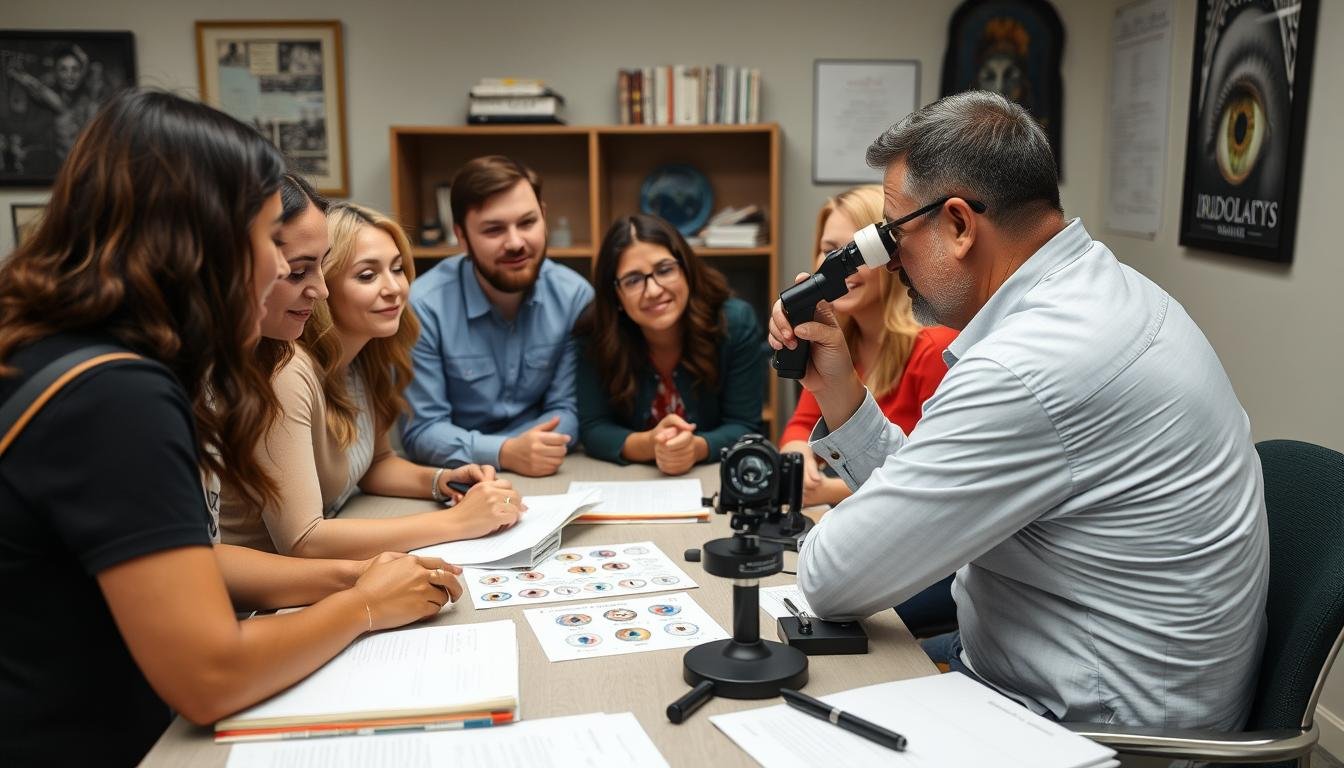
Students learning iris analysis techniques during an iridology training program
Education Requirements
Unlike conventional medical professions, there are no standardized educational requirements to become an iridologista in most countries. However, reputable practitioners typically complete comprehensive training programs that include:
- Basic anatomy and physiology
- Iris topography and mapping
- Interpretation of iris signs and markings
- Case study analysis
- Clinical practice and ethics
Many iridologists have backgrounds in other health fields such as naturopathy, chiropractic, or nursing, which provides them with a broader understanding of health and disease processes.
Certification Organizations
Several organizations offer certification programs for iridologists, though these certifications are not legally required to practice in most locations. Some respected certification bodies include:
- Associação Internacional de Profissionais de Iridologia (IIPA)
- National Iridology Research Association (NIRA)
- Guild of Naturopathic Iridologists International (GNI)
These organizations typically require completion of approved courses, passing examinations, and sometimes submitting case studies before granting certification.
Interested in Iridology Training?
Explore accredited programs that can help you develop skills in iris analysis and holistic health assessment.
Discover Iridology Training Programs
Benefits and Limitations of Visiting an Iridologista
Benefícios potenciais
- Método de Avaliação Não Invasiva
- May identify potential health issues before symptoms appear
- Provides a holistic view of health patterns
- Can complement conventional medical approaches
- Encourages preventative health measures
Limitations and Concerns
- Limited scientific evidence supporting effectiveness
- Not a substitute for medical diagnosis
- Inconsistent results between practitioners
- Risk of delayed proper medical treatment
- Potential for misdiagnosis of serious conditions
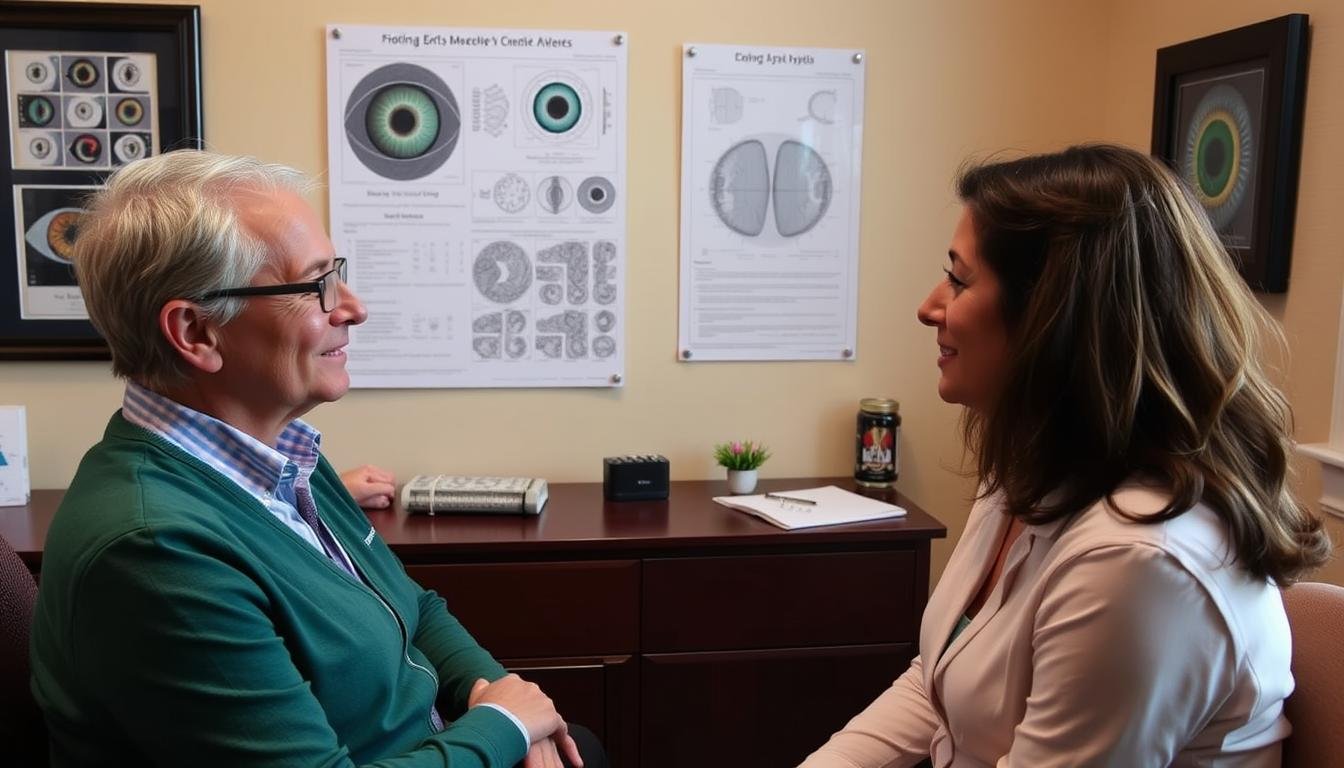
Um iridologista discussing findings with a client during a consultation
Scientific Perspective
The scientific community generally views iridology with skepticism. Several controlled studies have failed to demonstrate that iridologists can consistently detect diseases through iris examination. A systematic review published in 1999 examined four case-control studies and concluded that iridology’s efficacy was not supported by scientific evaluations.
Another study published in the Archives of Ophthalmology in 2000 stated that “iridology has shown to be of little benefit to anyone” and suggested that patients and therapists should be discouraged from utilizing it due to potential personal and financial harm.
Perspectiva holística da saúde
Proponents of iridology argue that it offers value as part of a holistic health assessment. They suggest that iridologists can identify constitutional weaknesses, inflammation, and toxin accumulation that might not be detected by conventional medical tests.
Many practitioners emphasize that iridology is not meant to diagnose specific diseases but rather to identify areas of potential weakness or stress in the body, which can then be addressed through lifestyle changes, nutrition, and other natural approaches.
Nota importante: If you’re considering visiting an iridologista, it’s advisable to maintain regular check-ups with your primary healthcare provider and to discuss any health concerns with a licensed medical professional.
What to Expect During Your Visit to an Iridologista
If you’re planning to consult with an iridologista, knowing what to expect can help you prepare for the experience and get the most from your session.

Typical setup in an iridologist’s consultation room
Before Your Appointment
Before seeing an iridologista, consider the following preparations:
- Bring a list of your current health concerns and questions
- Note any medications or supplements you’re taking
- Avoid wearing contact lenses to the appointment
- Consider bringing your health history if relevant
During the Consultation
A typical session with an iridologista usually includes:
- An initial discussion about your health history and concerns
- Examination of your irises using specialized equipment
- Photography of your eyes for detailed analysis
- Explanation of findings based on iris patterns
- Recommendations for health improvements
The entire process is painless and non-invasive. The practitioner will simply look at your eyes, possibly using a small light and magnification device. Some iridologists use digital cameras to capture high-resolution images of your irises for more detailed analysis.
After Your Session
Following your consultation, an iridologista typically provides:
- A summary of their observations
- Suggestions for dietary changes or supplements
- Lifestyle recommendations
- Possibly a written report or iris photographs
- Follow-up appointment options
Remember that recommendations from an iridologista should be considered complementary to, not replacements for, conventional medical care.

Um iridologista explaining findings using digital iris images
Frequently Asked Questions About Iridologists
Is an Iridologista a licensed doctor?
No, an iridologista is not typically a licensed medical doctor. In most countries, iridology is considered a complementary or alternative practice and is not regulated in the same way as conventional medicine. Some iridologists may have other health-related credentials (such as naturopathic doctor, chiropractor, or nutritionist), but the practice of iridology itself does not require a medical license.
How much does a session with an Iridologista cost?
The cost of an iridology session varies widely depending on location, the practitioner’s experience, and the depth of the analysis. Generally, you can expect to pay between and 0 for an initial consultation, which typically lasts 30-90 minutes. Follow-up sessions are usually less expensive. Insurance rarely covers iridology consultations as it’s considered an alternative health practice.
Can an Iridologista diagnose diseases?
Technically, iridologists should not claim to diagnose specific diseases. Reputable practitioners typically state that they identify areas of potential weakness or stress in the body rather than diagnosing medical conditions. Iridology is best viewed as a complementary assessment tool rather than a diagnostic method. For proper diagnosis of medical conditions, you should consult with a licensed healthcare provider.
How often should I see an Iridologista?
Most people who use iridology services have an initial consultation followed by a follow-up session 3-6 months later to monitor changes. Since the iris typically changes slowly, frequent visits are usually unnecessary. Some people choose to have annual iris assessments as part of their holistic health maintenance, while others visit only when specific health concerns arise.
Can children visit an Iridologista?
Yes, children can visit an iridologista, and some practitioners specialize in pediatric iridology. The examination process is gentle and non-invasive, making it suitable for children. However, parents should ensure that iridology is used as a complement to, not a replacement for, regular pediatric medical care. Always consult with your child’s pediatrician about any health concerns.
Tem mais perguntas sobre iridologia?
Connect with a professional who can provide personalized information about iris analysis and holistic health assessment.
Ask an Iridologista Your Questions
Conclusion: Is Visiting an Iridologista Right for You?
Deciding whether to consult with an iridologista is a personal choice that depends on your health philosophy, goals, and approach to wellness. While iridology lacks strong scientific support, many people find value in its holistic perspective and non-invasive nature.

Considering iridology as part of your holistic health approach
If you’re curious about iridology, consider approaching it as a complementary tool rather than a replacement for conventional healthcare. The insights from an iridologista might provide additional perspectives on your health, particularly regarding preventative measures and lifestyle adjustments.
Remember that responsible iridologists acknowledge the limitations of their practice and encourage clients to maintain relationships with their primary healthcare providers. The most beneficial approach to health often integrates various perspectives and methodologies, taking the best from both conventional and complementary practices.
Whether you decide to explore iridology or not, staying informed about different health assessment methods empowers you to make choices that align with your personal wellness journey.
Ready to Explore Holistic Health Options?
Discover how different approaches to wellness can work together to support your health goals.
Explore Holistic Health Resources
























